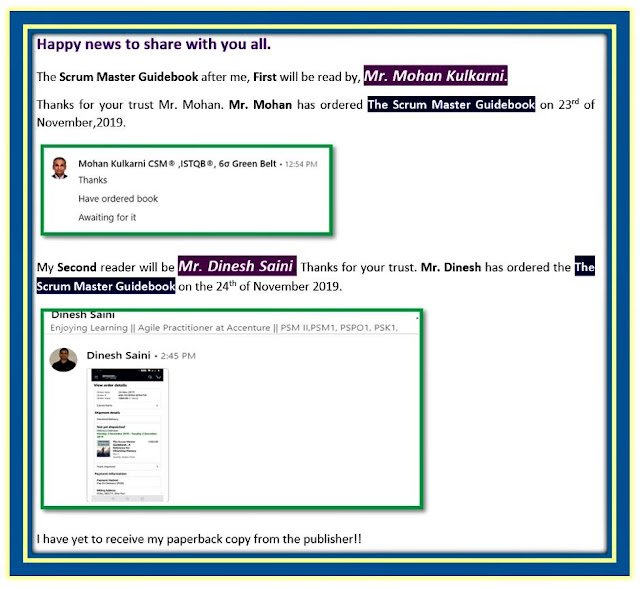According to psychologist Barbara Markway, ‘there’s simply no better way to learn about your thought processes than to write them down.’
One of my mentors once recommended a couple of years back to keep a journal for all the teams I am coaching as a coach.
That was a golden word for me for my growth personally and professionally, which I cherish till today! when I look back, I am thankful to her.
I have started maintaining a word document and journal to arrest my observation.
Now a days, I observe more minute details and share with the team members weekly, what is my observation, and what is my recommendation.
After several months of coaching , some time, those word documents mature into a 500-page document!!
After coaching discussion, it is legitimate that we won’t remember everything we see, hear, and think about our members’ growth, so record it down in a devoted place.
Journal writing is the blueprint to success in coaching; that is what I personally work out.
It is the responsibility of coaches to ensure that they follow a methodical and comprehensive approach of record keeping. We can not recall everything afterward and we engaged in numerous teams coaching at the same moment.
Consistent journaling stimulates improvement, progress, and development during a coaching process. This is for both the coach and coachee.
To facilitate assessment, planning, and evaluation of progress journal/log/notebook serves to precisely recall and reflect.
The purpose of journaling is not the result but the process.
Thoughts, conclusion, and key observations of the last coaching session should be part of the journal/log/notebook.
Compose about the situations you have experienced in the coaching context promptly after the session.
Document milestones and occasions of achievement are also a better subject to capture.
Observations, ideas, aha-moments, queries for myself, what not, everything should be part of the journal.
Journaling gives room for ideas and explanations. Most of the ideas appear to me when I studied back the noted journal for a team. I pick up better and further thoughts for the experiment when I talk against previous observation.
The journal could be generated during the session to capture key messages, words, language, and themes, empowering the coach to remind themselves and draw the notes back into the conversation.
Keeping a journal during the process of coaching allows coaches to chronicle the team member’s way of growth, development, and achievement.
Sometimes coaches will maintain a formal written contract, which will be utilized and confirmed by the learner and coach, both will retain a copy.
Journaling helps coach and coachee to analyze everyone’s thoughts and feelings. Both can maintain the journal, but as a coach for me, it is a must.
The coaching log has to be visible and present for you to literally use it.
“I can shake off everything as I write; my sorrows disappear, my courage is reborn.” Anne Frank
In some cases, I may aspire to record each coaching session in exceptional detail, and in some cases, I may choose to create only sketchy observations.
Sometimes I also record specific observation experiments that add lessons learned captured. In some cases, the coach may provide the team members with a standardized training evaluation sheet to seize the improvement items for all.
After each coaching discussion or session, I as a coach ask
- What can I serve to aid this team member’s development between now and our next coaching session?
- What did I understand from this session that I didn’t notice going in?
- What did the individual I’m coaching learn? What key messages were reinforced in the session?
It’s an impressive open secret for all the members who are occupied in coaching. If we practice this accurately, it will transform all of us. Predominantly in the constructive manner.



















